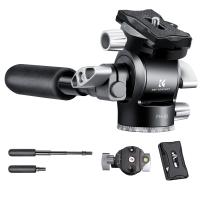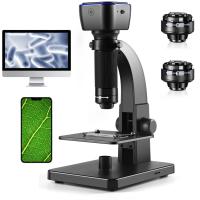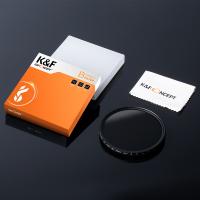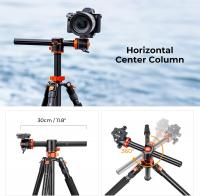Who Is The Founder Of Microscope ?
The founder of the microscope is not a single person, but rather a development that occurred over time with contributions from multiple individuals. The earliest known microscope was developed in the late 16th century by Dutch spectacle makers Hans Lippershey and Zacharias Janssen, who created a simple microscope by placing a convex lens in a tube. Later, in the 17th century, Antonie van Leeuwenhoek, a Dutch scientist, improved upon the design and created more powerful microscopes, which he used to make groundbreaking discoveries in microbiology. Other notable contributors to the development of the microscope include Robert Hooke, who used a microscope to study plant cells, and Joseph Jackson Lister, who developed the achromatic lens, which greatly improved the clarity of microscope images.
1、 Invention of the microscope
The invention of the microscope is attributed to multiple individuals who made significant contributions to its development. However, the credit for the first compound microscope is often given to Dutch spectacle maker, Zacharias Janssen, and his father Hans Janssen, in the late 16th century. They were the first to combine two lenses in a tube to magnify small objects.
Later, in the 17th century, Antonie van Leeuwenhoek, a Dutch scientist, improved the microscope's design and used it to observe and describe microorganisms, which he called "animalcules." His discoveries revolutionized the field of microbiology and paved the way for further advancements in the study of microscopic organisms.
However, it is important to note that the invention of the microscope was not a single event but rather a gradual process of experimentation and improvement by multiple individuals over several centuries. The earliest known magnifying lenses date back to ancient Egypt and Rome, and the concept of using lenses to magnify objects was further developed by Arab scholars in the Middle Ages.
In recent years, there has been some debate about the true inventor of the microscope, with some historians suggesting that it may have been invented by Dutch scientist Cornelis Drebbel in the early 17th century. However, regardless of who is credited with its invention, the microscope has undoubtedly had a profound impact on science and medicine, allowing us to see and understand the world in ways that were once unimaginable.
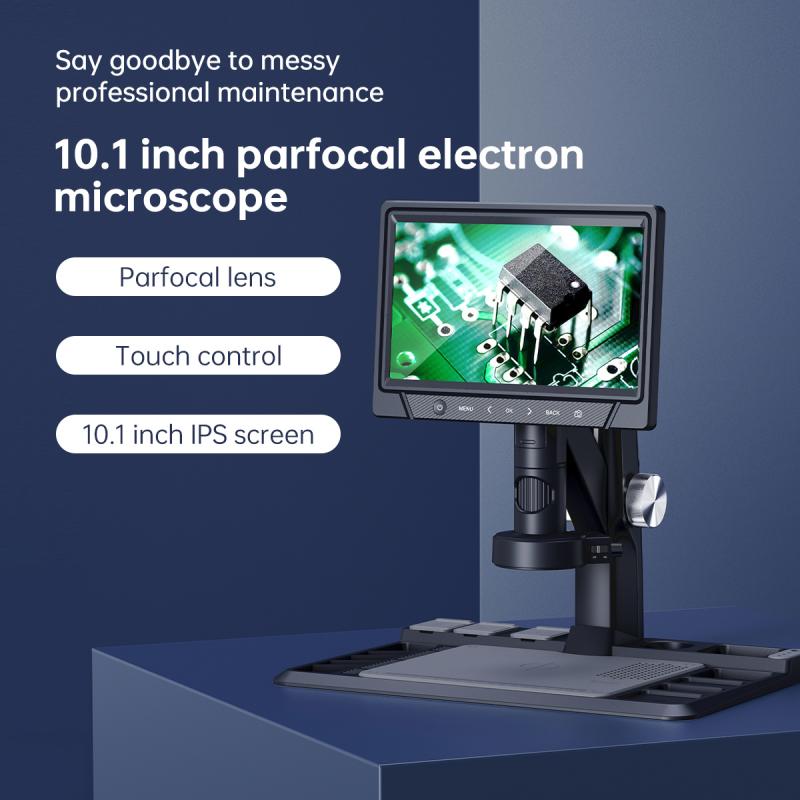
2、 Early microscope pioneers
The founder of the microscope is often attributed to Dutch scientist Antonie van Leeuwenhoek. In the late 17th century, Leeuwenhoek developed a simple microscope with a single lens that allowed him to observe and study microorganisms, such as bacteria and protozoa, for the first time. He is considered one of the early pioneers of microscopy and is credited with advancing the field of microbiology.
However, it is important to note that the development of the microscope was a gradual process that involved the contributions of many scientists over several centuries. In the 16th century, Italian physician and scientist Girolamo Fracastoro first proposed the idea of tiny living organisms that could not be seen with the naked eye. In the 17th century, Robert Hooke, an English scientist, used a compound microscope to observe and describe the structure of various materials, including cork and insects.
Other notable figures in the history of microscopy include Johannes Kepler, who developed the theory of optics that helped improve the quality of lenses used in microscopes, and Marcello Malpighi, who used microscopes to study the structure of plants and animals.
Today, microscopy continues to be an important tool in scientific research, with advances in technology allowing for even greater levels of magnification and resolution. From the early pioneers to modern-day scientists, the development of the microscope has revolutionized our understanding of the world around us.
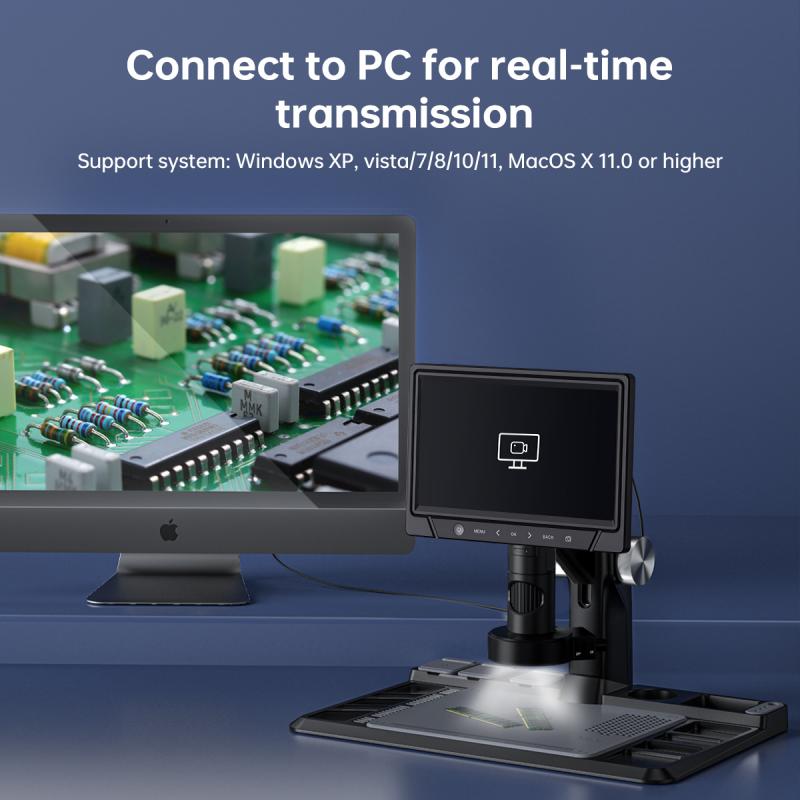
3、 Development of compound microscopes
The development of compound microscopes is a fascinating story that spans several centuries. The first compound microscope was invented in the late 16th century by two Dutch spectacle makers, Zacharias Janssen and his father Hans. However, it was not until the mid-17th century that the compound microscope was improved and widely used for scientific purposes.
One of the most important figures in the development of the compound microscope was Antonie van Leeuwenhoek, a Dutch scientist who is often referred to as the "father of microbiology." Leeuwenhoek was the first person to observe and describe microorganisms, using a simple microscope that he designed and built himself. His discoveries revolutionized the field of microbiology and paved the way for further advancements in microscopy.
Another important figure in the development of the compound microscope was Robert Hooke, an English scientist who is best known for his book "Micrographia," which was published in 1665. In this book, Hooke described his observations of various objects under a microscope, including insects, plants, and even the structure of cork. His work helped to popularize the use of microscopes for scientific research.
In recent years, there have been many advancements in microscopy technology, including the development of electron microscopes, which use beams of electrons to create highly detailed images of objects at the atomic level. These advancements have allowed scientists to study the structure and function of cells, tissues, and even individual molecules in unprecedented detail, leading to new discoveries and breakthroughs in many fields of science.
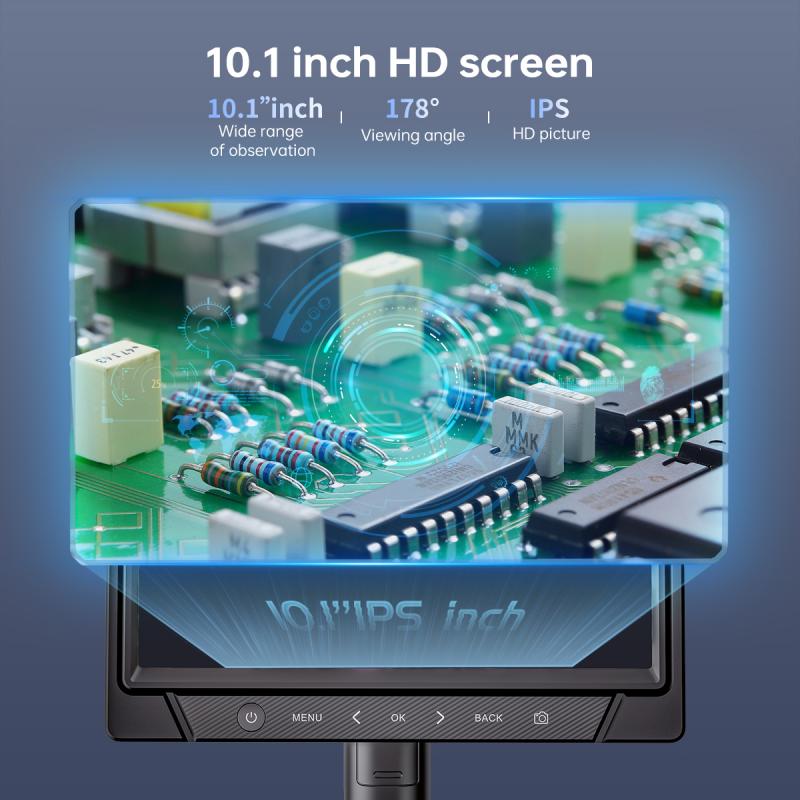
4、 Advances in electron microscopy
The founder of the microscope is widely credited to be Dutch scientist Antonie van Leeuwenhoek, who in the 17th century developed a simple microscope that allowed him to observe and study microorganisms. However, the development of electron microscopy in the 20th century was a significant advancement in the field of microscopy, and its pioneers include Max Knoll and Ernst Ruska, who in 1931 built the first electron microscope.
Advances in electron microscopy have revolutionized our understanding of the microscopic world, allowing us to observe structures and processes at the atomic and molecular level. The latest developments in electron microscopy include the use of cryo-electron microscopy, which allows for the observation of biological molecules in their natural state, and the development of advanced imaging techniques such as 4D electron microscopy, which allows for the observation of dynamic processes in real-time.
The use of electron microscopy has also expanded beyond the field of biology, with applications in materials science, nanotechnology, and even the study of cultural heritage objects. The development of advanced electron microscopy techniques has opened up new avenues for research and discovery, and continues to push the boundaries of what we can observe and understand at the microscopic level.




















